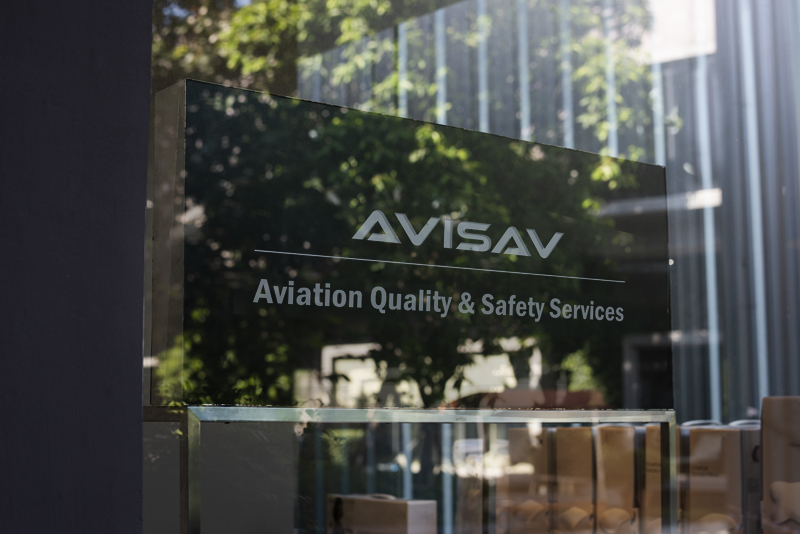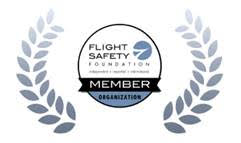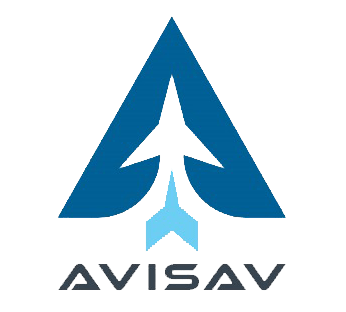 Request a Demo
Our Services
Request a Demo
Our Services


 Request a Demo
Our Services
Request a Demo
Our Services


AVISAV QSMS : Quality and Safety Management Software.
Welcome to AVISAV
Welcome to AVISAV!. Your number one source for professional aviation solutions. Your world class Aviation Quality and Safety Management Software provider. We’re dedicated to giving you the very best Aviation Software ( QSMS Quality and Safety Management Software), Training and Consultancy solutions. Above all, we focus on High Quality, User-friendly tools, that is always up to date with the latest regulations and requirements within the industry.
About Us
We have combined years of aviation safety know-how into a state of the art, user-friendly solution. We aim at ensuring that our skies are safer than ever before. As a collaborative team of aviation veterans, software engineers and teams of pilots, flight dispatchers, air traffic controller and engineers, our solutions have one simple goal: to comply and exceed the set global aviation safety standards.
In the light of this background, we have built a reputation of providing world class safety and quality technology solutions for the aviation industry. Thereupon, our solutions not only provide safety, efficiency and compliance, they also enhance productivity and save costs incurred in insurance premiums.

Our Mission
Our Quality and Safety Management Software is here to provide the aviation industry a user-friendly and easy to use solution that promotes higher and more practical safety standards.
Therefore, our mission is to change how players in the aviation industry approach safety standards. Hence, we provide wider safety awareness through our AVISAV QSMS Software and Training.

Our Vision
There is a saying: a chain is only as strong as its weakest link, collectively, regardless of the position or placement we have the responsibility to improve, highlight, and to keep the skies safe.
In short, our dream is building a safer, more driven aviation industry. So that, where everyone no matter their post or position in the air and ground recognizes how they, ultimately, keep the skies safer for all.
Our brand is built on 4 fundamental values:
Our Core Values
1-Devotion
With a dedicated and hands-on team assigned towards our clients, all our client experiences are truly bespoke. Without reservation, our services are fine tuned to address your specific and peculiar needs. With this intention, our devotion to creating tailor-made solutions to your needs is in line with our culture of quality and high standards.
2- Expertise
While we have decades of combined experience of the aviation industry best practices amongst our ranks, we are a team of knowledge-thirsty professionals. We are constantly on the lookout for innovative and cutting-edge solutions to cater to your company’s needs.
3- Innovation
There is no problem without a solution, and if there is, it is left to us to craft a solution. Our goal is to make life easier for your company, from top to bottom, and our constant influx of creative ideas and solutions is certain to put you on the path to excellence.
4- Professionalism
As a matter of fact, we are not just innovators, we are also professionals who understand the critical nature of the business. We are putting people in the skies after all, and our combined years of experience and professional pedigree is what keeps us providing quality and safety solutions.
Professional Reads.
Latest Posts
Why to choose our Quality and Safety Management Software ?
In a word, our services are a unique blend of innovative solutions and time tested aviation best practices. This ensures your airline and operations exceed the highest quality and safety standards. We take pride in our vast experience in Quality and Safety Management Software (QSMS).
For that reason, we help our clients around the world implement only the highest global standards in the aviation sector. With the result that, we achieve the dual benefits of better quality and excellent safety records.
We help our clients around the world implement only the highest global standards in the aviation sector. With the result that, we achieve the dual benefits of better quality and excellent safety records.
To this end, we provide a two-pronged approach: cutting edge technological solutions, and passionate human talent. Consequently, our approach serves to boost efficiency and optimize every stage of your safety and quality operation.
Our cutting edge technological Quality and Safety Management Software (QSMS) solutions not only optimize the safety productivity of your pilots and crew, but it also complies to industry best practices.
Given all of the above our Quality and Safety Management Software further enhances your brand’s safety records.
Main features of our Quality and Safety Management Software
To sum up, the main features are:
- policy and safety goals
- management and accountability
- Moreover, safety responsibilities appointing a safety staff members
- coordination of emergency planning
- SMS documentation
- safety risk management
- hazard identification
- risk assessment and mitigation
- safety assurance
- safety performance monitoring and performance measurements;
- change management.

Get in touch
Reach out today for an innovative and practical makeover of your company using our state of the art QSMS Quality and Safety Management Software to match the standards of the global aviation regulations. Make that call today, and set your brand on an upward mobile trajectory.
Address
27 Old Gloucester Street,
London,
United Kingdom
WC1N 3AX
+44 20 3885 0673
info@avisav.com
International Memberships
 |
 |









